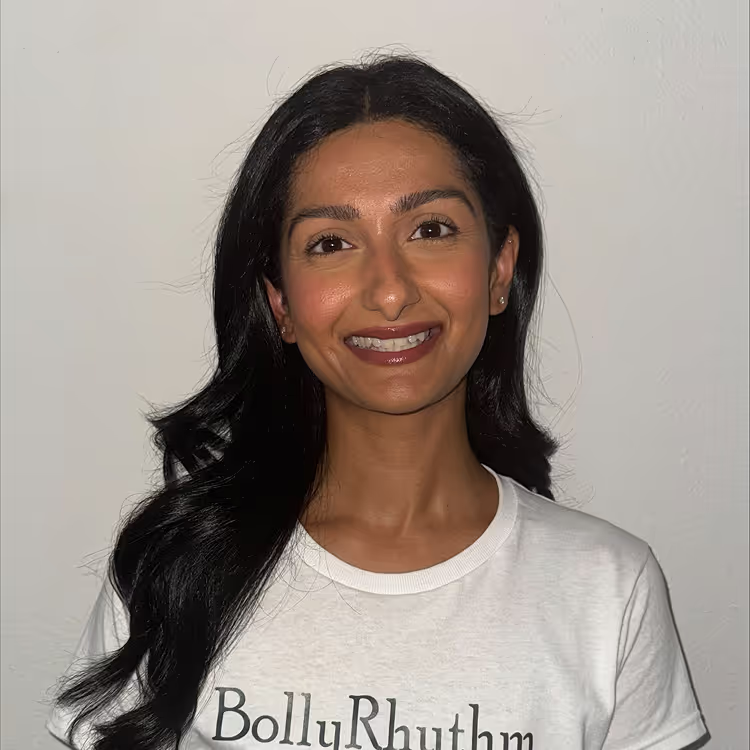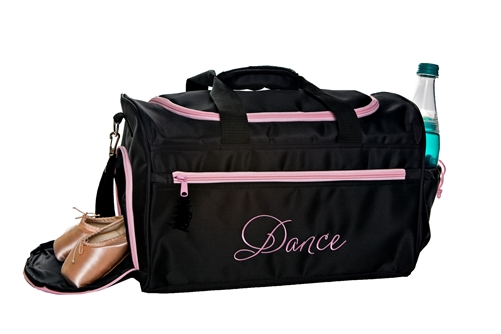5 Easy Stage Formations for Group Performances
October 20, 2025


Dancing is my first language! With 15+ years of teaching experience, I created BollyRhythm to make learning fun and stress-free. Whether it’s for an event or a living room show, I’m here to help you shine.
5 Easy Stage Formations for Group Performances
Planning a group dance performance isn’t just about the choreography — it’s also about how you arrange your dancers on stage. A strong formation can instantly make your performance look polished, coordinated, and dynamic.
Here are 5 tried-and-true formations that work for different group sizes and occasions.
(Tip: try mixing them up throughout your dance for extra impact!)
1. Windows Formation (Best for Large Groups and Couples)
This is a go-to for bigger groups. Think of dancers standing in staggered rows so that everyone is visible, like looking through “windows.”



Pro tip:
✨ Place taller dancers toward the back rows so no one gets blocked.
✨ Works well for: large family or friend group numbers.
2. V Formation (Perfect for Smaller Groups/ Odd number)
Classic and powerful — the V draws the audience’s eye straight to the center. It gives a sense of unity and makes even a small group look bold.


Pro tip:
✨ Put the strongest dancer or lead in the middle point of the V.
✨ Works well for a group with odd numbers and provides maximum stage presence.
3. Spotlight Formation ( Special occasions/Guest of Honor)
This one’s for weddings or special events. Place the guest of honor up front, with the rest of the group slightly behind and staggered. It naturally makes them the star of the show.

Pro tip:
✨Keep the spacing wide so the front person shines without blocking the group behind.
✨ Works well for: Bride & groom dances, birthdays, or any event where one person should be spotlighted.
4. Half Circle Formation (Casual + Connected)
This formation feels warm and engaging, almost like inviting the audience into the dance. Perfect for interactive moments or when the group wants to keep the vibe casual yet cohesive.

Pro tip:
✨ Works best with smaller groups so the shape doesn’t stretch too wide.
✨ Works well for: Fun family numbers, kids’ dances, or smaller celebration performances.
5. Straight Line ( Simple + Effective)
Lastly the Straight Line – often underused because it is simple but I think it works well for dramatic entrances or clean finishes.

Pro tip:
✨ Use this formation as a reset before getting into one of the other four above!
Final Thoughts
Formations are like the framing of your dance — they highlight the choreography and help tell your story.
My biggest tip is to change formations at least every 1-1.5 minutes of the dance to keep things exciting for the audience.
Even something as simple as moving the back row to the front can refresh the energy.
✨ Want extra help planning your group’s formations? With BollyRhythm’s Virtual Practice Option, a choreographer can guide you and your team to coordinate formations, clean up transitions, and make your performance look effortless.
Read few more
Stories by us

Your Performance Day Emergency Bag
That’s why I swear by packing a little emergency bag to keep you calm, collected, and stage-ready.

How to Run a Smooth and Effective Virtual Dance Practice
Here’s a simple, step-by-step guide to hosting a smooth, stress-free virtual dance practice that actually gets results.

Can’t Make It to Dance Practice? Here’s How to Stay in Sync with Your Group
So, you’re part of a group dance — but your schedule is packed, or maybe half your team lives in another city (or country!). Sound familiar?
Never Miss A Beat
Be the first to know when new tutorials drop—and receive exclusive content and offers.

